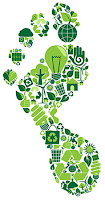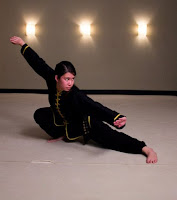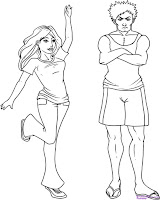Are you struggling to become an effective leader? Do you want to improve your leadership skills but do not know where to start? If yes, then this blog and the book Leadership by Virtue, written by Jaro Berce, are perfect for you.
Leadership by Virtue is an essential read for anyone who aspires to become an effective and ethical leader. It provides a roadmap for developing virtuous leadership skills that will enable you to create a positive work environment, inspire your team, and drive success. With a commitment to virtue and a willingness to learn, you can unlock the power of leadership by virtue and become the leader you were meant to be.
The blog you are reading now is intended as a practical guide with short posts that contain, and emphasize that leadership is a journey of continual growth and development, and that cultivating virtuous qualities and behaviors can help leaders create positive change in their organizations and communities.
1. The importance of Leadership by Virtue: It is emphasized that true leadership is not just about position or power, but also about character and virtue. Leaders who embody qualities such as honesty, integrity, and compassion are more likely to inspire and motivate their teams, and create a culture of trust and respect.
2. The role of self-awareness and reflection: The effective leadership requires a deep understanding of oneself, including strengths, weaknesses, and values. By engaging in regular self-reflection and seeking feedback from others, leaders can identify areas for growth and development.
3. The value of communication: Effective communication is a crucial aspect of leadership. Leaders who are able to articulate their vision, listen actively to others, and provide feedback in a constructive manner are more likely to build strong relationships and achieve their goals.
4. The need for adaptability and resilience: It is noted that leadership often involves navigating complex and unpredictable situations, and that successful leaders are able to adapt to changing circumstances and bounce back from setbacks.
5. The use of different approaches to leadership: In this blog and in the book, Western and Far East principles are merged to demonstrate the wholeness of leadership. In dawn times people were following the strongest and smartest person that knew how to fight to protect their tribe. Therefore, martial arts are seen as the key ingredient from which a wisdom of leadership can be extracted.
The book Leadership by Virtue is a comprehensive guide to developing virtuous leadership skills. It presents a fresh perspective on leadership that emphasizes character, ethics, and values. The book is an ideal resource for anyone looking to become a successful leader, as it provides a step-by-step process for developing martial arts leadership skills and applying them in the real world. It is an excellent resource for business professionals, entrepreneurs, and martial arts experts alike.
1. Understanding Virtue: Virtue is the foundation of effective leadership. Virtue is defined as a moral excellence that leads to ethical behavior. Virtue comprises of a set of qualities, such as integrity, honesty, courage, empathy, and humility. A virtuous leader understands the importance of these qualities and seeks to embody them in their daily life.
2. The Power of Leadership by Virtue: Leadership by virtue is about leading by example. A leader who embodies virtuous qualities creates a positive work environment and earns the trust and respect of their team. Such a leader inspires others to follow his/hers lead, encourages creativity and innovation, and fosters a culture of continuous improvement.
3. Virtue in Action: Implementing leadership by virtue requires a deliberate effort. Start by assessing your current leadership style and identifying areas where you can improve. Consider how you can demonstrate more integrity, honesty, courage, empathy, and humility in your interactions with your team. Set clear expectations for ethical behavior and hold yourself and your team accountable for upholding these standards.
4. The Journey to Leadership by Virtue: Developing leadership by virtue skills is a journey that requires dedication and commitment. It is an ongoing process of self-reflection, learning, and growth. Seek feedback from your team, mentors, and peers, and use it to improve your leadership skills. Take courses, read books, attend workshops, and learn from other leaders who embody virtuous leadership.
5. The use of Far East and Western principles: That evolved through millennia of people struggling, fighting, developing, and organizing their life. It is unique approach of merging two different methodologies never used before and wrap them with wisdom and principles of martial arts.
































